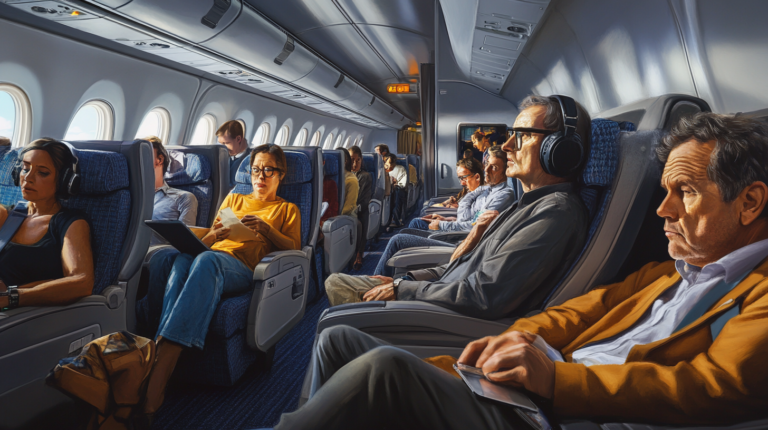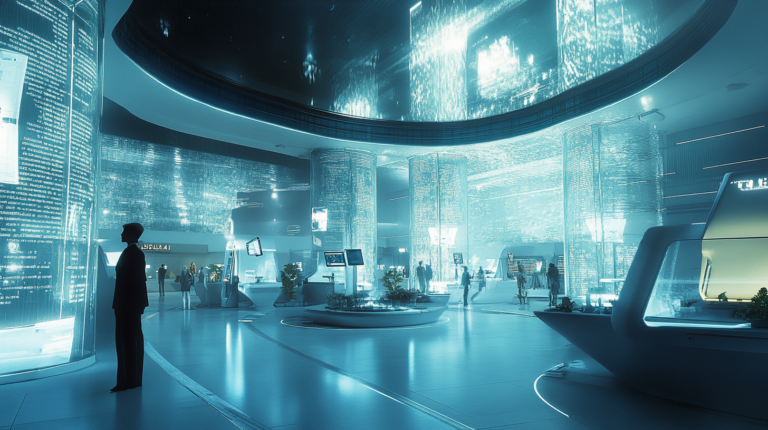The Future of Supersonic and Hypersonic Travel: A New Era of Speed in Aviation
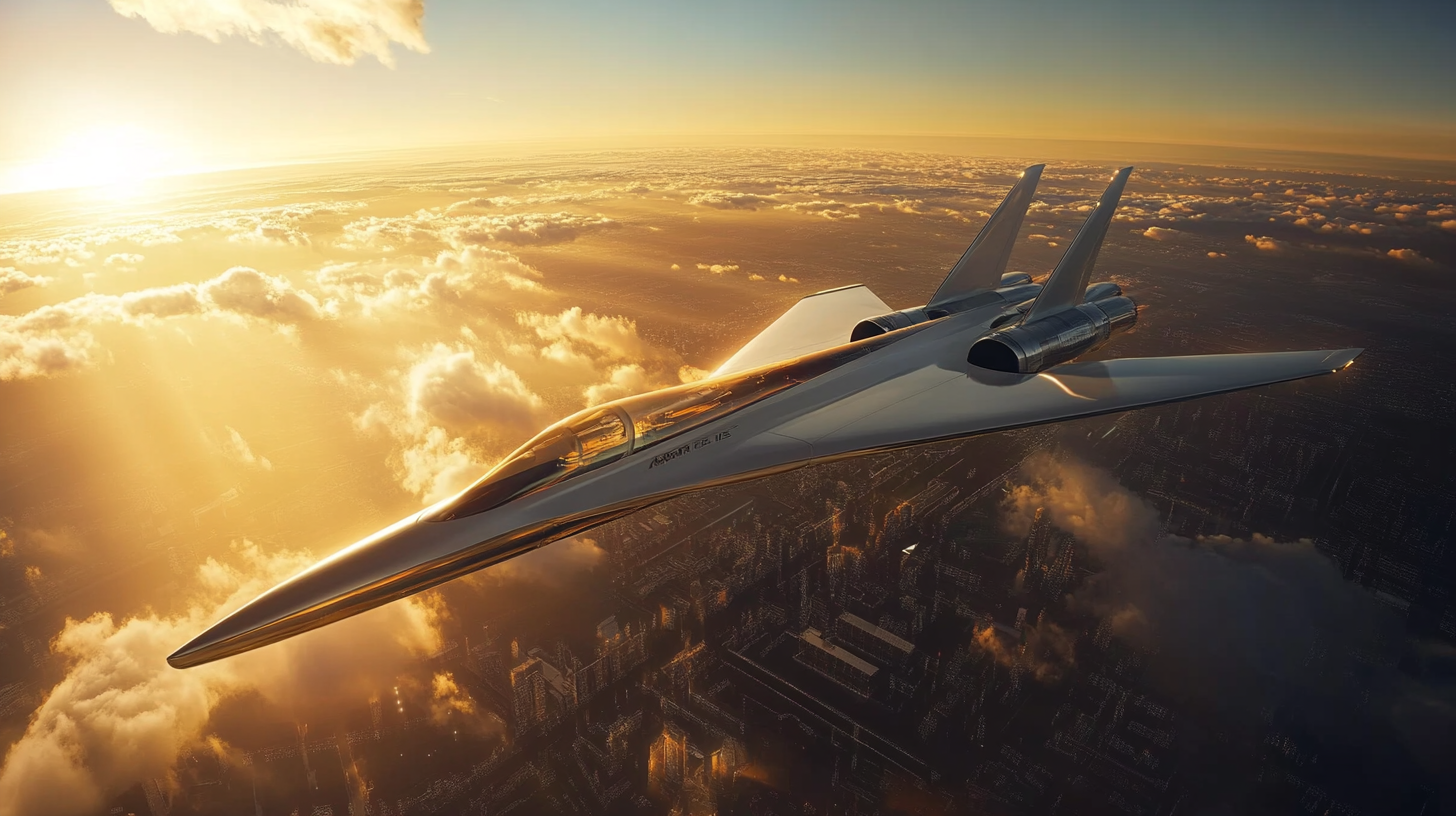
The allure of traversing the globe at unprecedented speeds has captured human imagination for decades. From the early days of flight, where pioneers like the Wright brothers dreamt of conquering the skies, to the supersonic breakthroughs of the 20th century, speed has been at the forefront of aviation innovation. The iconic flights of the Concorde in the late 20th century gave a glimpse into a future where distance was no longer a barrier. Now, with cutting-edge prototypes and revolutionary technologies emerging, the quest for supersonic and hypersonic travel is experiencing a remarkable resurgence. This new era promises not just faster journeys but also significant advancements in technology, environmental responsibility, and global connectivity, potentially transforming the way humanity perceives distance and time.
The Legacy of Supersonic Flight: From Concorde to Contemporary Aspirations
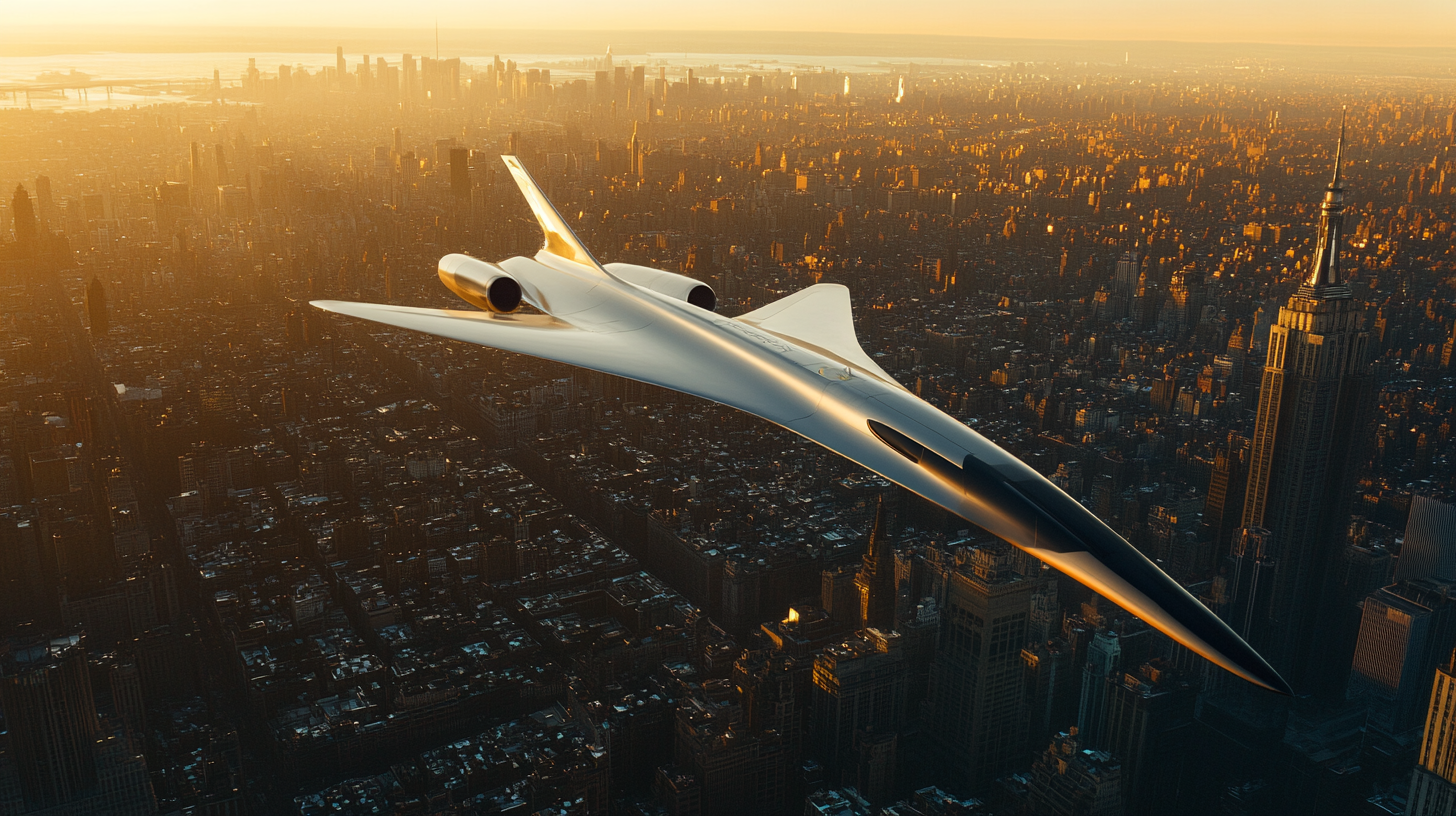
The Concorde, a marvel of aviation engineering, symbolized the pinnacle of supersonic travel when it first took to the skies in 1969. Capable of cruising at Mach 2.02—more than twice the speed of sound—it significantly reduced transatlantic flight times, connecting London to New York in under three and a half hours. The Concorde was not just an aircraft; it was an icon of luxury and technological prowess, embodying the ambition of an era that dared to push the boundaries of what was possible in aviation. However, in 2003, the Concorde was retired due to economic unfeasibility and safety concerns, marking the end of civilian supersonic flights. High operational costs, noise pollution from sonic booms that limited routes to overwater flights, and environmental impacts such as high fuel consumption and emissions contributed to its downfall. The loss of the Concorde left a void in commercial aviation, and the dream of supersonic passenger travel seemed to fade into history.
Two decades later, the dream of supersonic passenger travel is being rekindled. Aerospace companies are leveraging modern technology to address past challenges, aiming to make supersonic flights economically viable and environmentally friendly. Advancements in materials science, aerodynamics, and engine efficiency are paving the way for a new generation of supersonic aircraft that could overcome the limitations that grounded the Concorde.
Reviving Supersonic Travel: Innovations and Milestones
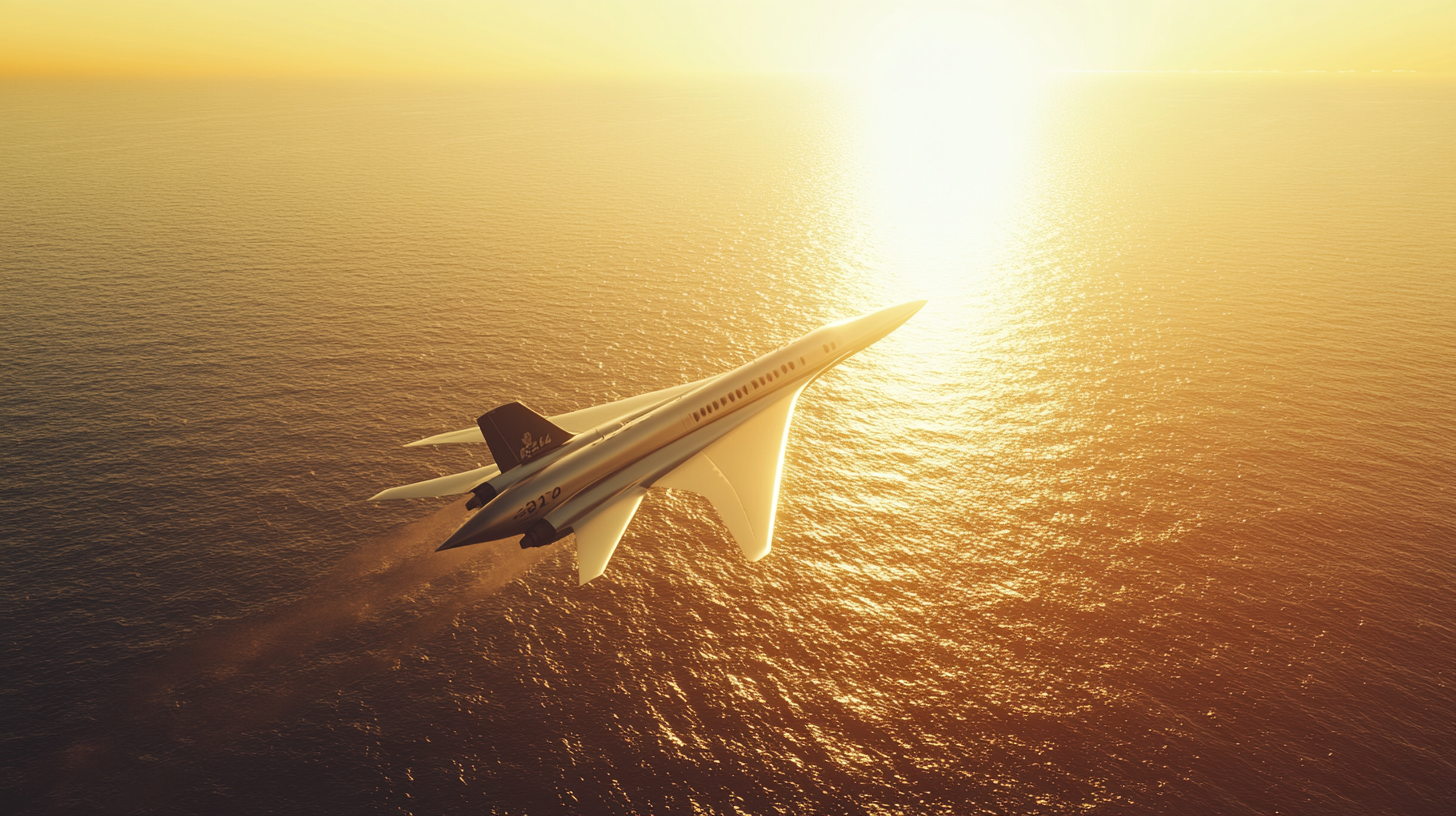
Boom Supersonic, a Denver-based startup, is at the forefront of this revival. The company’s ambitious plan is to introduce the Overture, a 55-seat airliner designed to fly at Mach 1.7, effectively halving typical transoceanic flight times. The Overture’s development represents a significant leap forward, incorporating advanced aerodynamics, carbon composite materials, and the latest in propulsion technology. With the completion of the Overture Superfactory in North Carolina by mid-2024—the first supersonic airliner factory in the U.S.—Boom is poised to begin production. This facility symbolizes a major investment in the future of high-speed travel, providing the infrastructure needed to bring supersonic flight back to commercial aviation. The company’s demonstrator aircraft, the XB-1, known affectionately as “Baby Boom,” successfully marked its first test flight, reaching transonic speeds of Mach 0.95 over California’s Mojave Desert. This achievement not only validated design concepts but also demonstrated the feasibility of new technologies under development. These milestones lay the groundwork for Boom’s goal of commencing commercial flights by 2027.
Boom’s vision extends beyond speed. The Overture aims to offer faster, affordable, and sustainable flights, appealing to global airlines and passengers alike. By focusing on modern engineering, including computer-optimized designs to reduce drag—techniques highlighted in Innovations in Supersonic Aircraft Design —and sustainability initiatives like using sustainable aviation fuels (SAF), Boom seeks to avoid the pitfalls that led to the Concorde’s retirement. Their commitment to making supersonic travel accessible and environmentally responsible positions them as a leading innovator in the aerospace industry.
NASA’s Quest for Quiet Supersonic Flight

NASA, in collaboration with Lockheed Martin, is developing the X-59 as part of its Quesst program. This experimental jet is designed to fly faster than sound without producing the disruptive sonic boom that plagued previous supersonic aircraft. The sonic boom, a loud and startling noise caused by shock waves created when an object travels through the air faster than the speed of sound, has been a significant barrier to supersonic travel over land. Communities have historically opposed such flights due to the potential for noise pollution and even structural damage. By mitigating the noise issue with innovative design features that reshape the aircraft’s shock waves, the X-59 aims to enable supersonic travel over land, which could revolutionize domestic and international flights alike.
The data gathered from the X-59 flights will be crucial in shaping future regulations and public perceptions regarding supersonic travel. By demonstrating that sonic booms can be reduced to a mere “sonic thump,” the program hopes to convince regulatory bodies to relax current restrictions. Successful demonstrations could lead to the lifting of existing supersonic flight restrictions over land by 2025, opening new markets and routes for the industry. This advancement would not only shorten travel times but also catalyze further innovations in aircraft design and aerodynamics, as explored in Advancements in Quiet Supersonic Technologies .
The Advent of Hypersonic Travel: Pushing the Boundaries
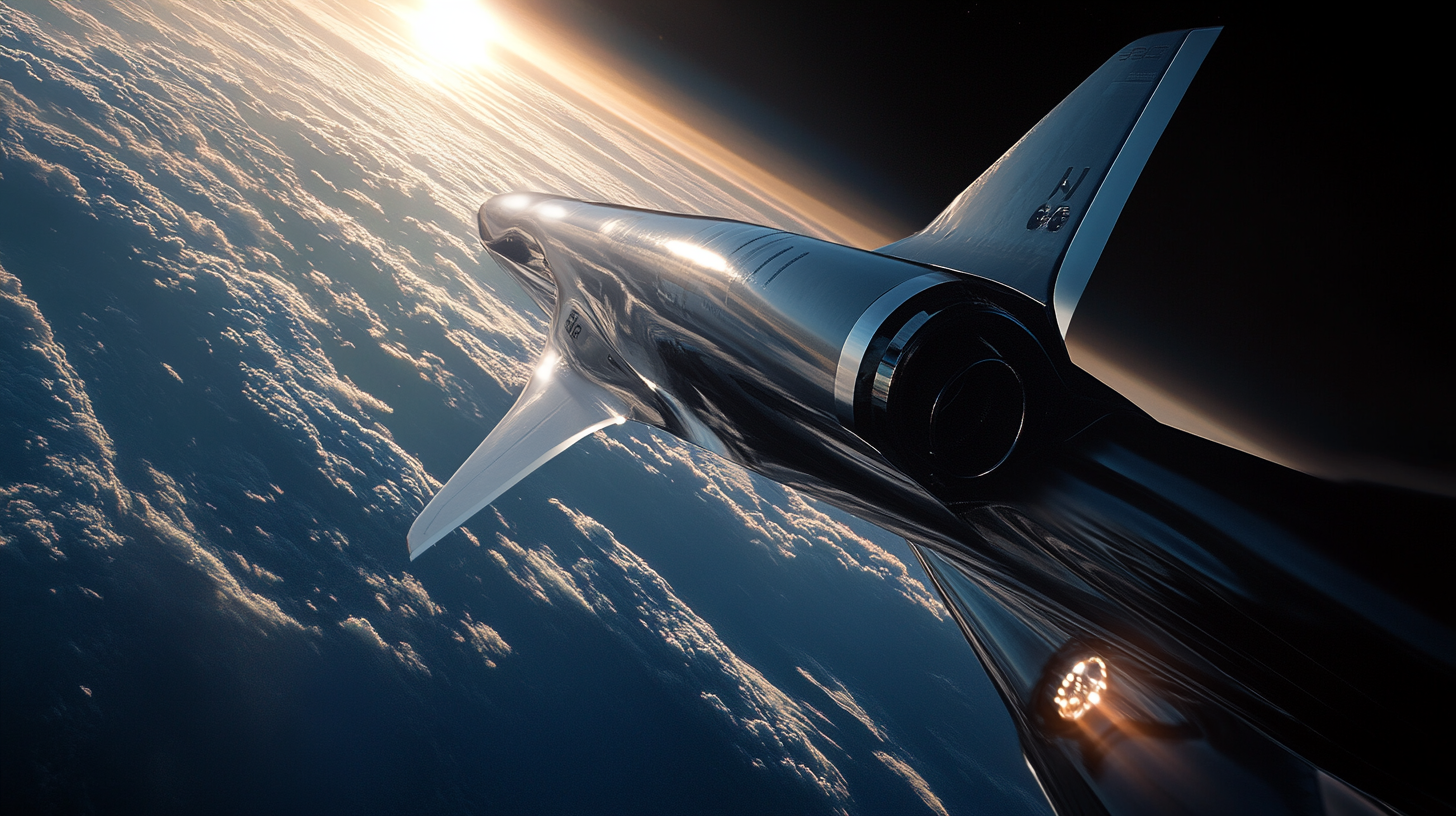
While supersonic travel deals with speeds beyond Mach 1, hypersonic travel ventures into velocities exceeding Mach 5—five times the speed of sound. At these extreme speeds, the implications for global transportation are profound, potentially reducing a flight from New York to Tokyo to under two hours. Hypersonic travel could shrink the world in unprecedented ways, enabling same-day intercontinental business meetings and transforming the logistics industry.
Startups like Hermeus and Venus Aerospace are pioneering this frontier. Hermeus, under the leadership of CEO AJ Piplica, is developing the Chimera engine, which combines turbojet and ramjet technologies to reach Mach 5 speeds. This hybrid engine design allows for efficient operation across a broad range of velocities, addressing one of the primary challenges in hypersonic propulsion. The company’s efforts aim not only to transform air travel but also to enhance national security and economic growth. By providing the ability to move swiftly across the globe, hypersonic aircraft could offer strategic advantages in defense and create new economic opportunities.
Hermeus has made significant progress with the Quarterhorse Mk 1 tests, demonstrating the feasibility of their technology in real-world conditions. These successful demonstrations are critical steps toward validating the concepts and moving closer to practical applications. Similarly, Venus Aerospace is exploring propulsion systems capable of propelling aircraft beyond 4,000 mph, bringing hypersonic travel closer to reality, as discussed in Pioneering Hypersonic Propulsion Technologies for Future Aviation . Their work focuses on overcoming the thermal and aerodynamic challenges associated with such high velocities, leveraging advanced materials and innovative cooling techniques.
Technological Innovations and Challenges
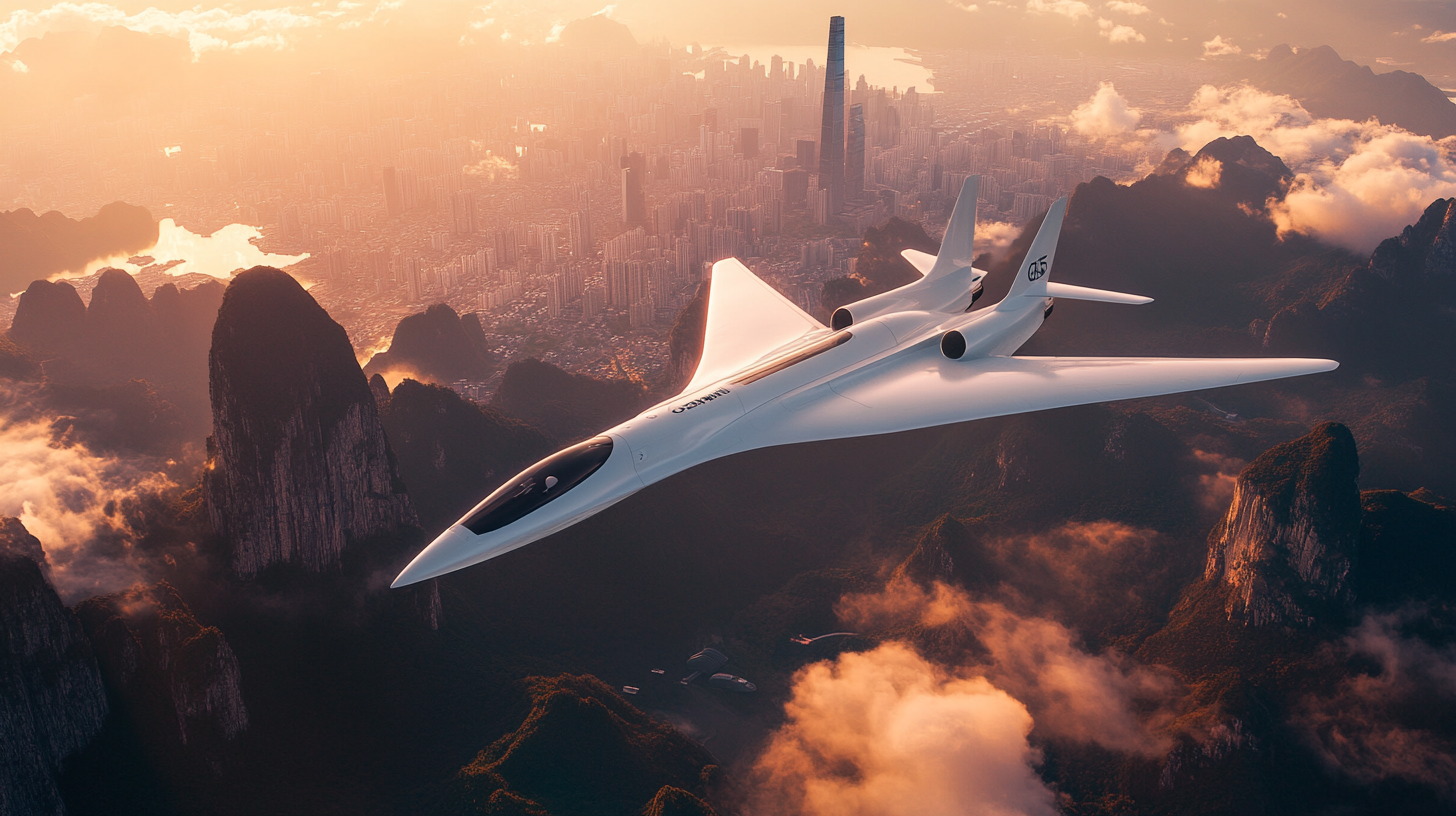
Advancements in propulsion technology are central to the future of supersonic and hypersonic flight. Engines like the scramjet (supersonic combustion ramjet) and dual-mode ramjet (DMRJ) are being developed to operate efficiently at high speeds without the need for onboard oxygen, using the air around the aircraft instead. These air-breathing engines compress incoming air before combustion, eliminating the need to carry heavy oxidizers and improving overall efficiency. Scramjets, in particular, are designed to operate at hypersonic speeds where traditional jet engines fail due to airflow limitations.
Despite the promise, significant engineering challenges remain. At hypersonic speeds, aircraft face extreme temperatures—often exceeding 2,000 degrees Celsius—that require advanced heat-resistant materials such as carbon composites or ceramics. The intense heat can cause structural components to weaken or fail, necessitating innovative cooling solutions. Air ionization at these speeds also affects communications and control systems, complicating navigation and monitoring. Maintaining structural integrity under immense aerodynamic pressures is critical, as even minor design flaws can lead to catastrophic failures. Propulsion systems must handle the demands of high-speed travel while remaining efficient and safe, balancing the need for power with the constraints of weight and fuel consumption.
Companies like GE Aerospace are addressing these challenges by enhancing controls and materials for hypersonic propulsion. Their work on the DMRJ using rotating detonation combustion technology has shown promising results in ground tests. Rotating detonation engines offer the potential for greater efficiency and thrust compared to traditional combustion engines, opening new possibilities for high-speed travel. Such innovations represent significant steps forward in making hypersonic flight a practical reality, as explored in Overcoming Engineering Challenges in Hypersonic Flight .
Environmental and Economic Considerations
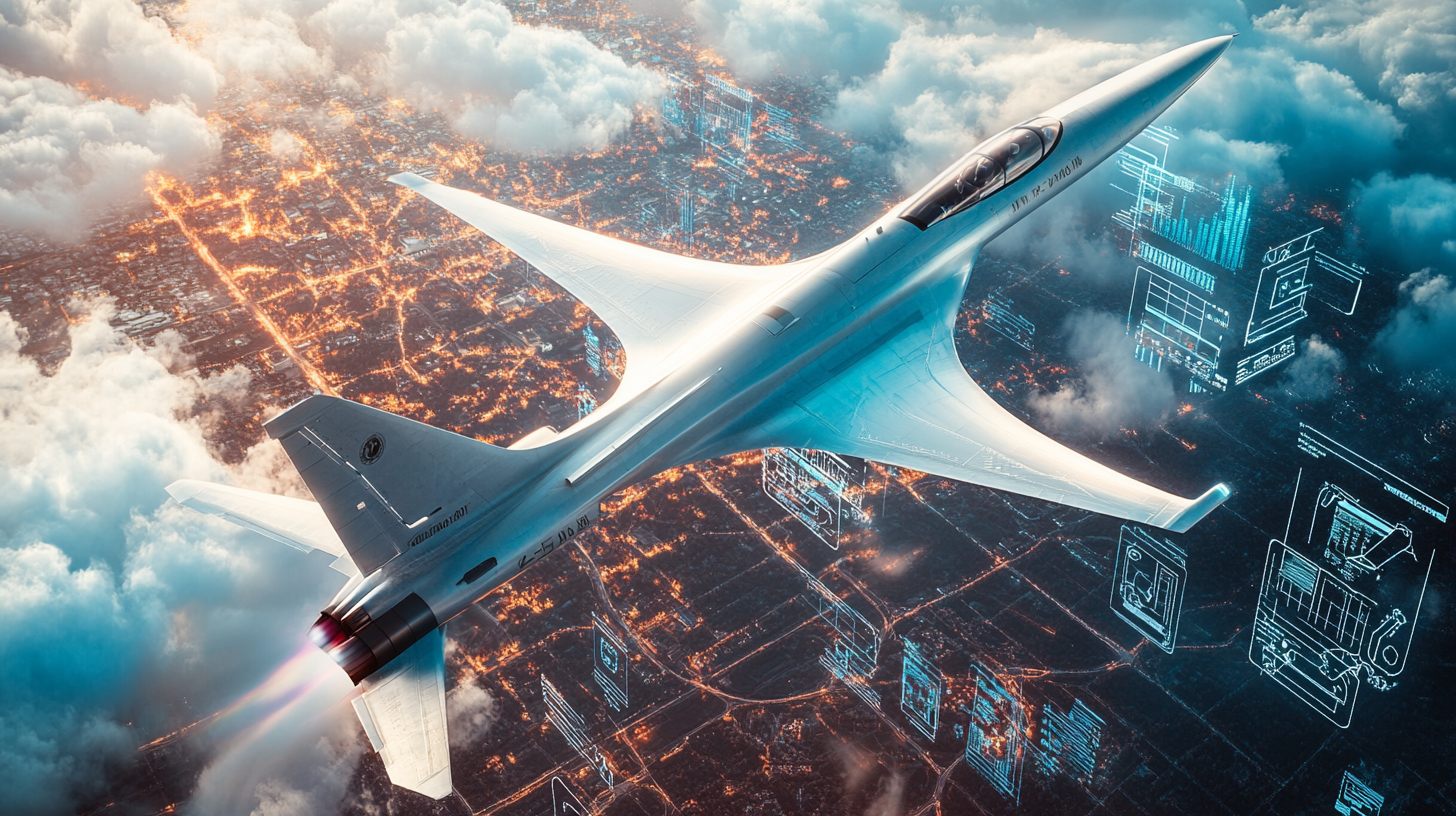
The environmental impact of high-speed travel is a key concern, especially in an era where climate change and sustainability are at the forefront of global priorities. High-speed aircraft traditionally consume significant amounts of fuel, leading to increased carbon emissions. Modern initiatives prioritize sustainability, often utilizing cleaner fuels like hydrogen and sustainable aviation fuels (SAF). For instance, Destinus, a European startup, is focusing on hydrogen-powered hypersonic flights. Hydrogen fuel, when used in combustion or fuel cells, produces water vapor as a byproduct, significantly reducing greenhouse gas emissions compared to conventional jet fuels. Destinus’s goal is to drastically reduce travel times—for example, flying from Frankfurt to Sydney in four hours—while minimizing environmental footprints, thereby making high-speed travel compatible with environmental objectives.
Boom Supersonic emphasizes that the Overture will operate using sustainable aviation fuels, aiming to make supersonic travel not just faster but also greener and more affordable. Sustainable aviation fuels are derived from renewable resources and can significantly lower lifecycle carbon emissions. These efforts align with global trends toward reducing carbon emissions and promoting environmental responsibility in aviation. By integrating sustainable practices, companies hope to gain public and regulatory support, making high-speed travel a viable option for the future, as highlighted in Sustainable Practices in the Future of Aviation .
Regulatory Hurdles and Market Viability
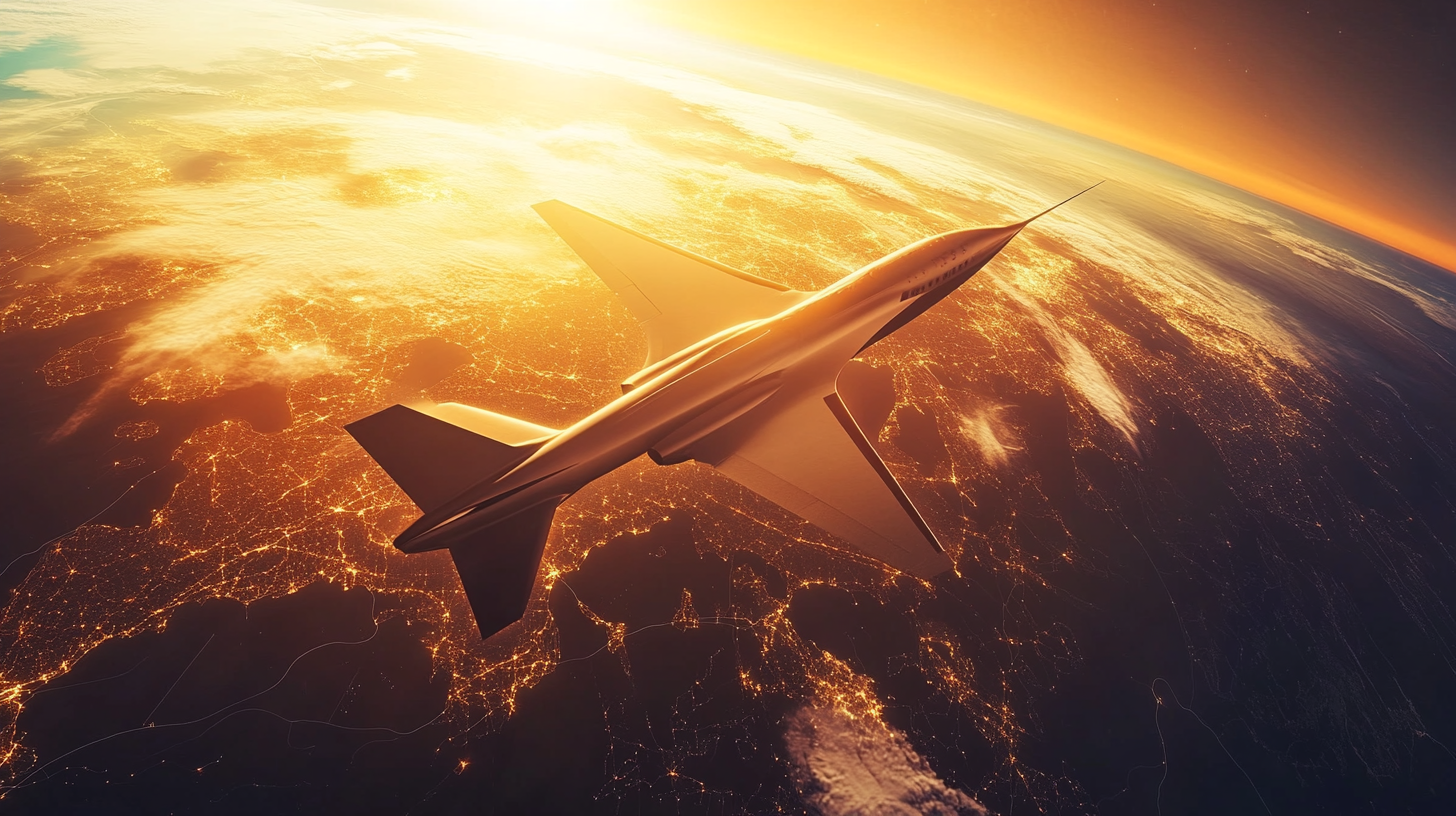
The future of supersonic and hypersonic travel depends heavily on regulatory frameworks. Current U.S. regulations, established in the 1970s, prohibit civil supersonic flights over land due to noise concerns associated with sonic booms. These regulations have historically limited supersonic flight to overwater routes, significantly restricting operational flexibility. However, advancements in technology, such as NASA’s X-59, may lead to changes in these regulations. Quieting sonic booms is crucial for gaining public acceptance and regulatory approval, as community opposition has been a formidable obstacle in the past. Demonstrating that supersonic flight can be as unobtrusive as subsonic travel is essential for the industry to expand. Regulatory bodies like the FAA and ICAO will scrutinize noise levels, emissions, and safety standards before approving widespread commercial operations, as discussed in Regulatory Challenges in Supersonic Aviation .
Market viability also poses questions. The high costs associated with developing and operating supersonic and hypersonic aircraft must be balanced against potential demand. The development of new aircraft requires substantial investment in research, testing, and certification processes, often running into billions of dollars. Operating costs, including fuel consumption and maintenance, may result in higher ticket prices, potentially limiting the customer base. Venture capital firms are investing heavily in this sector, indicating confidence in its future. Collaborations between private companies, governments, and research institutions are essential to overcome financial and technological barriers. Public-private partnerships can accelerate development timelines and spread the risks and costs associated with pioneering new aviation frontiers.
Global Developments and the Race for Speed
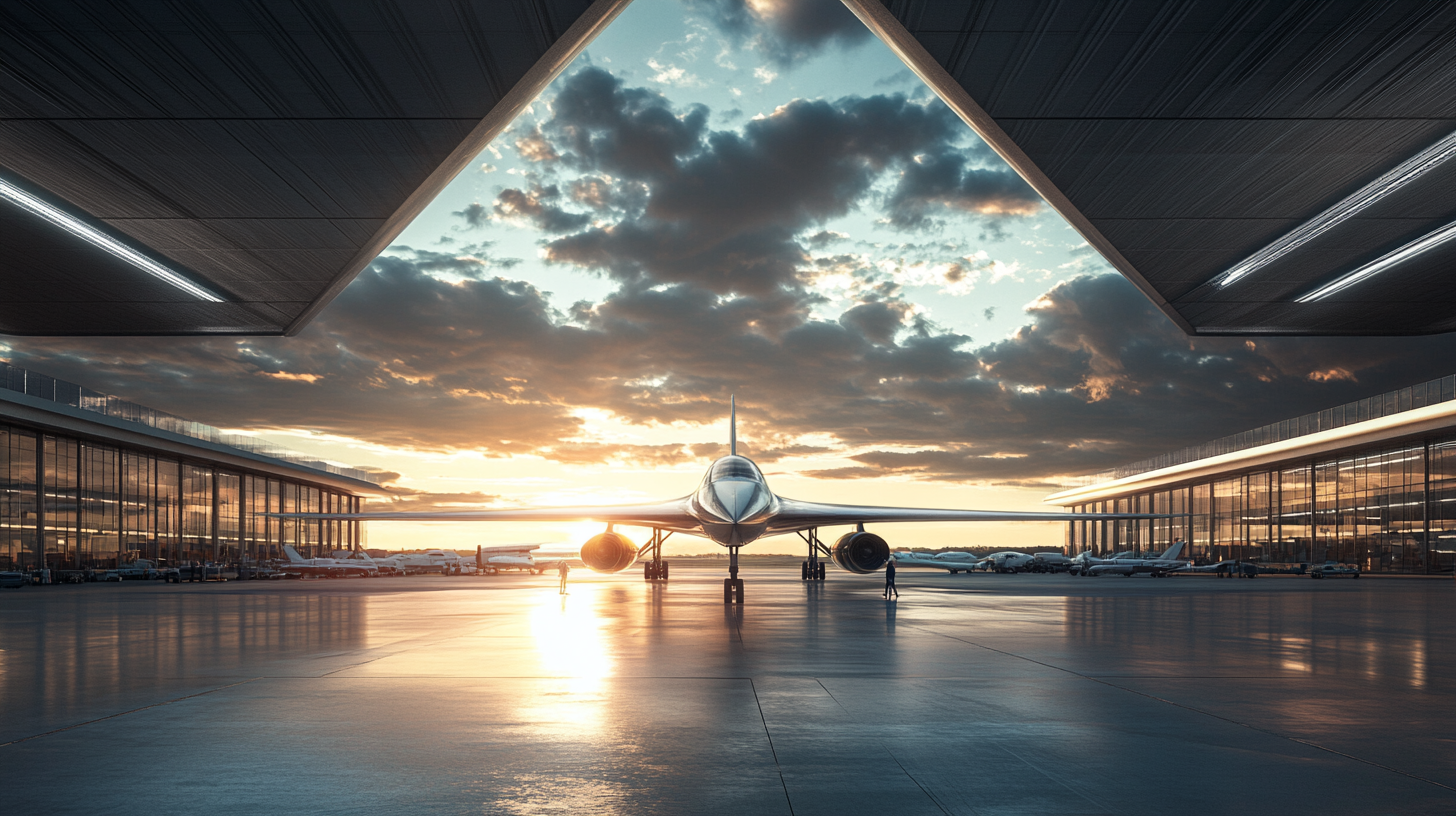
Countries worldwide recognize the strategic importance of hypersonic technology. Hypersonic vehicles’ ability to travel at incredible speeds makes them valuable not only for civilian applications but also for defense. The United States is bolstering its National Defense Strategy to maintain global power, investing in programs like the Hypersonic Air-breathing Weapon Concept (HAWC) for affordable hypersonic missiles. These weapons could potentially evade modern missile defense systems due to their speed and maneuverability. Meanwhile, China’s advancements in high-speed unmanned aerial vehicles, such as the MD-22, highlight the international race in hypersonic development. Russia has also announced successful tests of hypersonic missiles, emphasizing the geopolitical significance of mastering this technology. The competition in hypersonic capabilities represents a new arena in national security and defense, with countries striving to achieve technological superiority.
This global competition extends beyond military applications. Commercial interests are driving innovation, with companies like Boeing conceptualizing passenger-carrying hypersonic aircraft that could be ready in the next 20-30 years. Such aircraft could revolutionize not only travel times but also global trade and economic growth. The potential to move goods and people across continents in a fraction of the current times could reshape industries and open new markets. The blending of military and civilian efforts accelerates technological advancements, as breakthroughs in one area can benefit the other, a phenomenon explored in The Intersection of Military and Civilian Hypersonic Technologies .
The Road Ahead: Anticipating the Next Decade
Significant milestones are anticipated from 2024 onwards. Projects like NASA’s X-59 and the advancements of companies like Boom Supersonic, Hermeus, and Destinus suggest that the 2020s could herald not only the return of supersonic travel but also set the stage for hypersonic passenger flights. The collaborations between government agencies and private companies are accelerating progress, with test flights, prototype unveilings, and regulatory engagements expected to increase. The aerospace industry is entering an exciting phase where decades of research and development may soon culminate in tangible products and services.
While practical hypersonic commercial flights may still be a decade away, the groundwork is being laid today. Continuous innovation in propulsion, materials, and aerodynamics is bringing these ambitious goals within reach. The integration of artificial intelligence and advanced simulation tools is enhancing design processes, reducing development times, and optimizing performance. The next decade will likely witness significant shifts in how humans perceive and experience air travel, as barriers of distance and time are progressively eroded, a future envisioned in Predictions for High-Speed Aviation in the Next Decade .
Final Thoughts
The future of supersonic and hypersonic travel is on the horizon, promising to redefine the boundaries of air transportation. Just as the jet engine revolutionized travel in the mid-20th century, these new technologies stand poised to usher in a new era of speed and efficiency. Through collaborative efforts, technological breakthroughs, and a commitment to sustainability, the vision of crossing continents in mere hours is becoming more tangible. The convergence of innovation and environmental stewardship underscores a holistic approach to progress, one that seeks to enhance human connectivity without compromising the planet’s well-being.
Follow us back to Seat 5A for more insights and updates on the future of aviation. The journey toward this future is an ambitious one, filled with challenges and opportunities, but the momentum is undeniable. Humanity stands at the threshold of a new age in aviation, a world where the horizon extends far beyond what was once thought possible.




